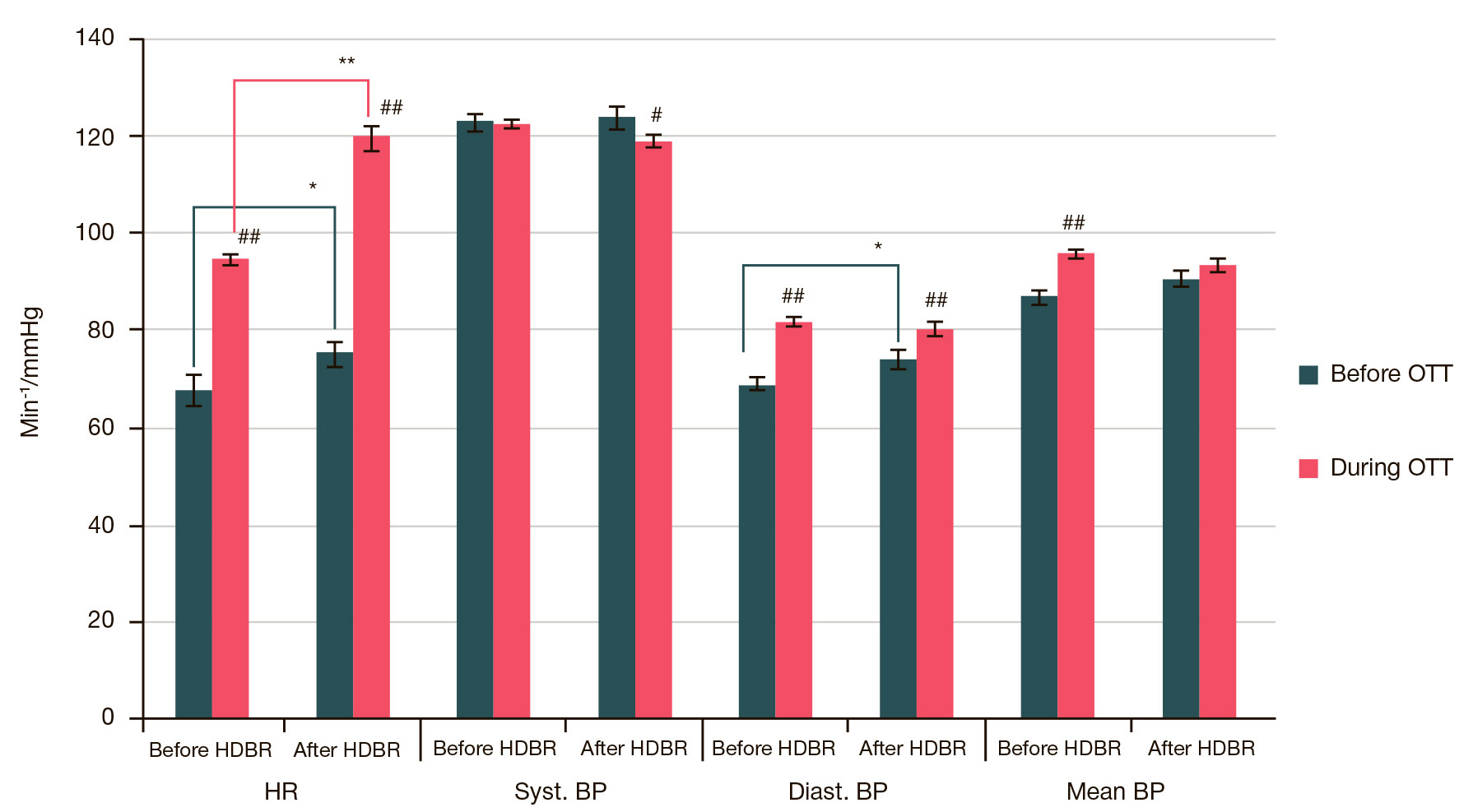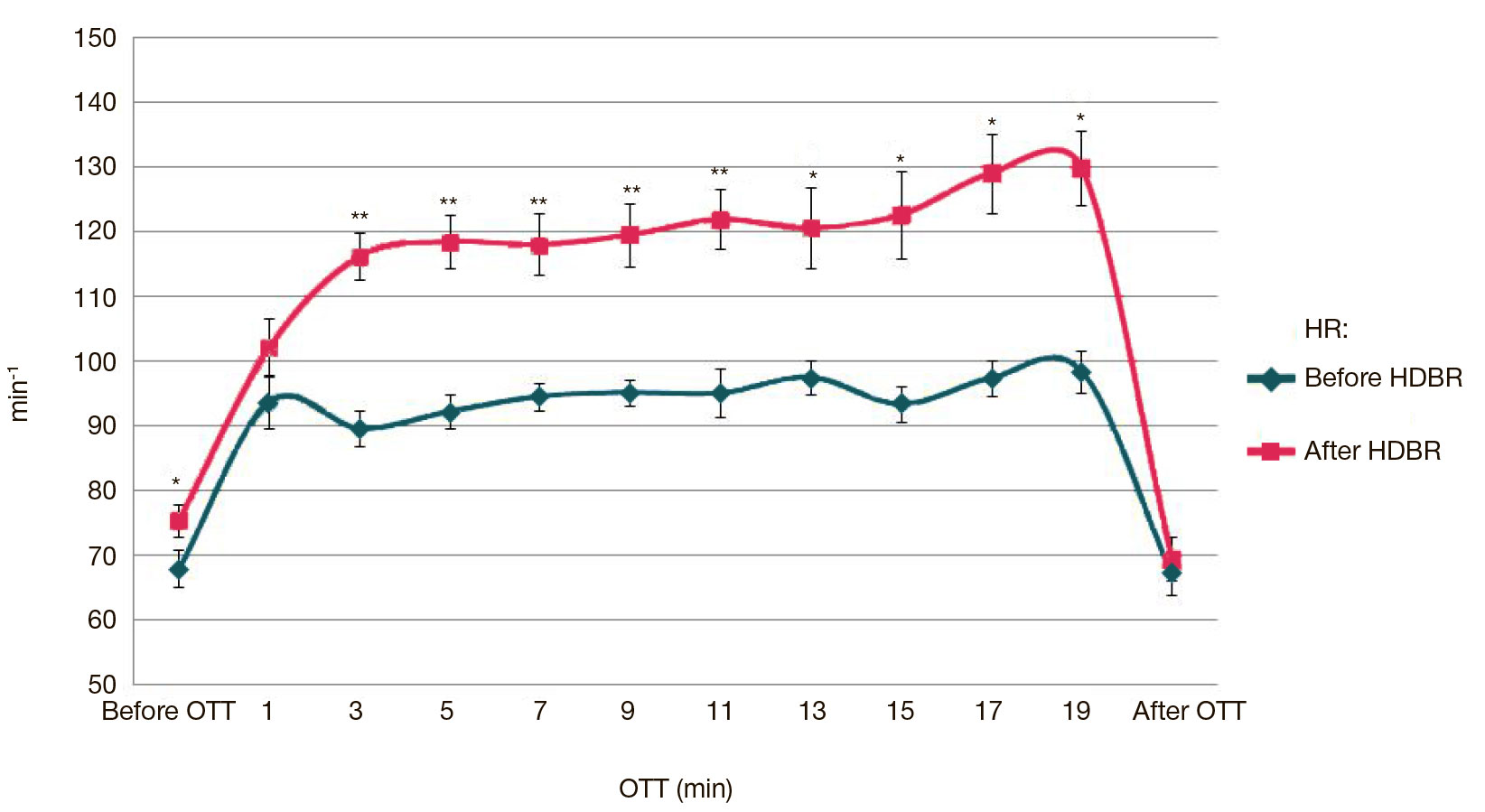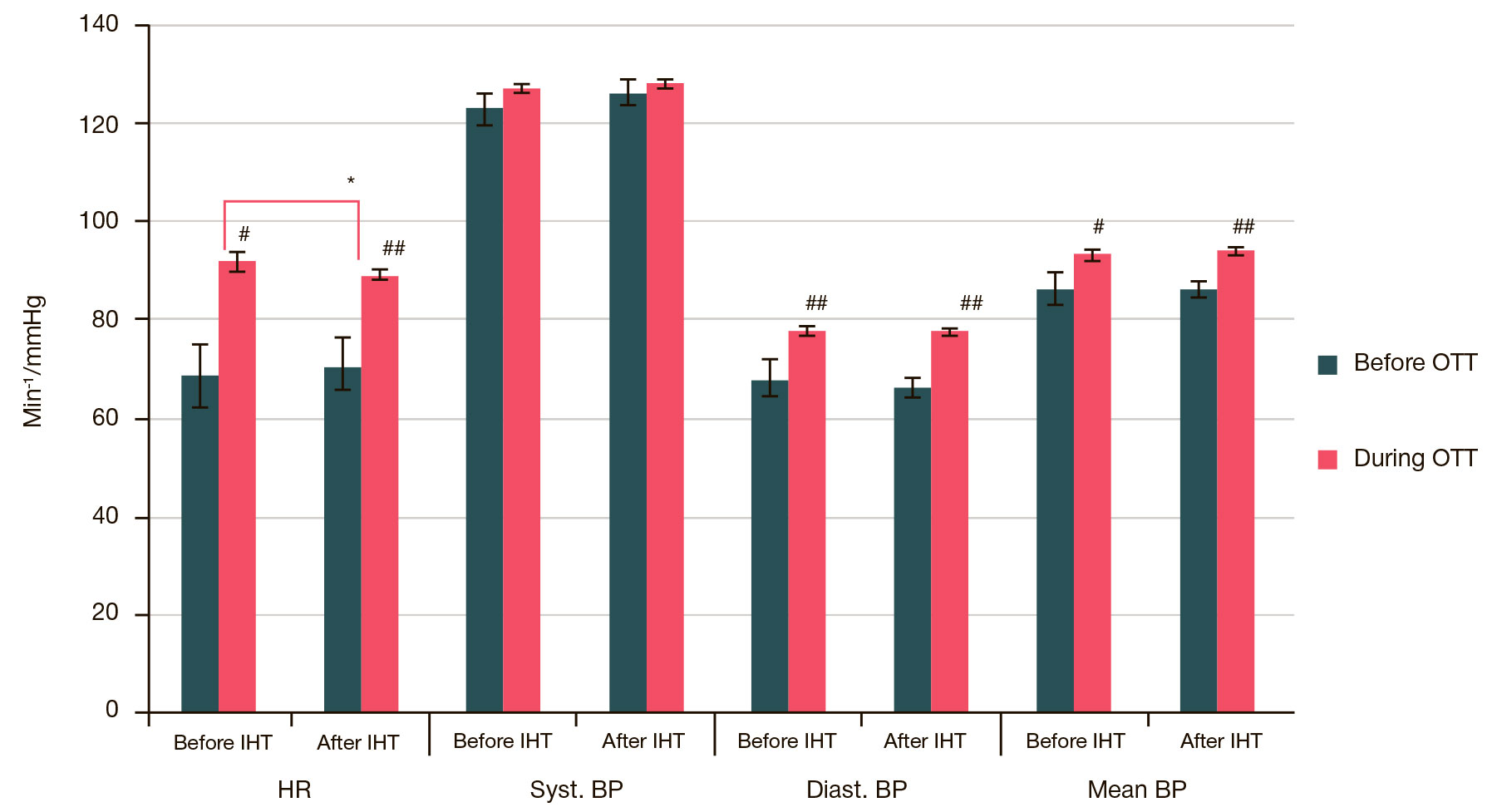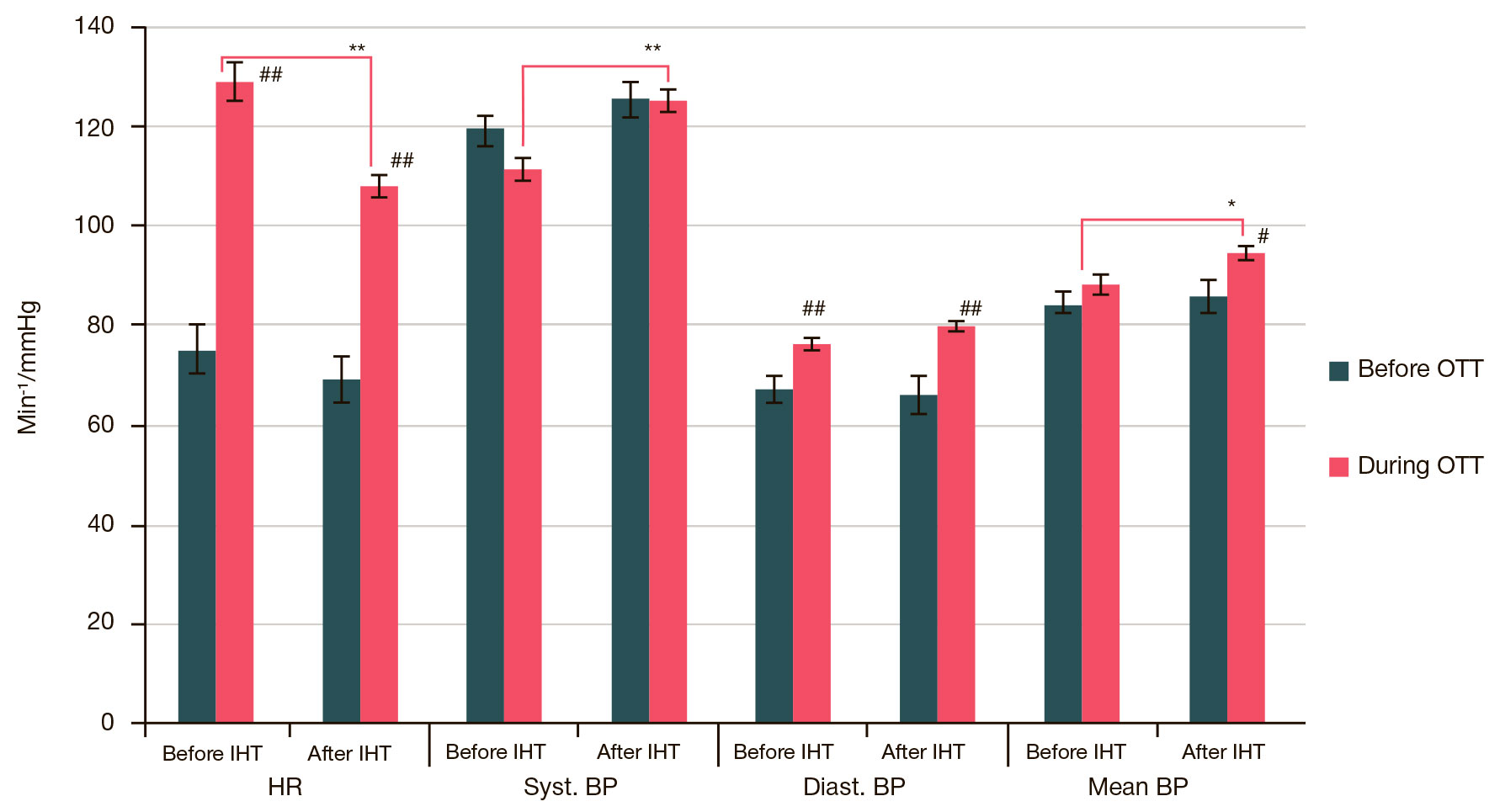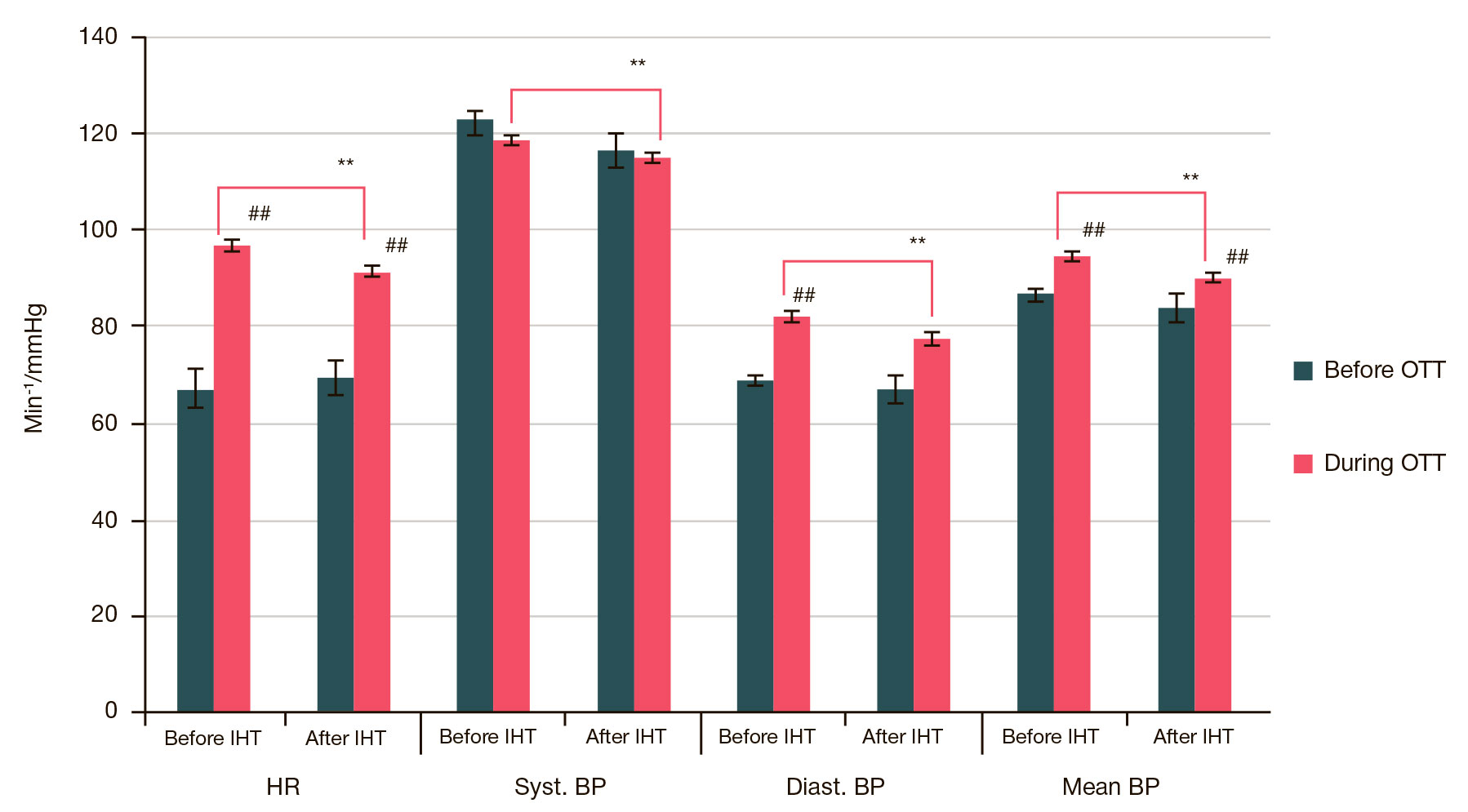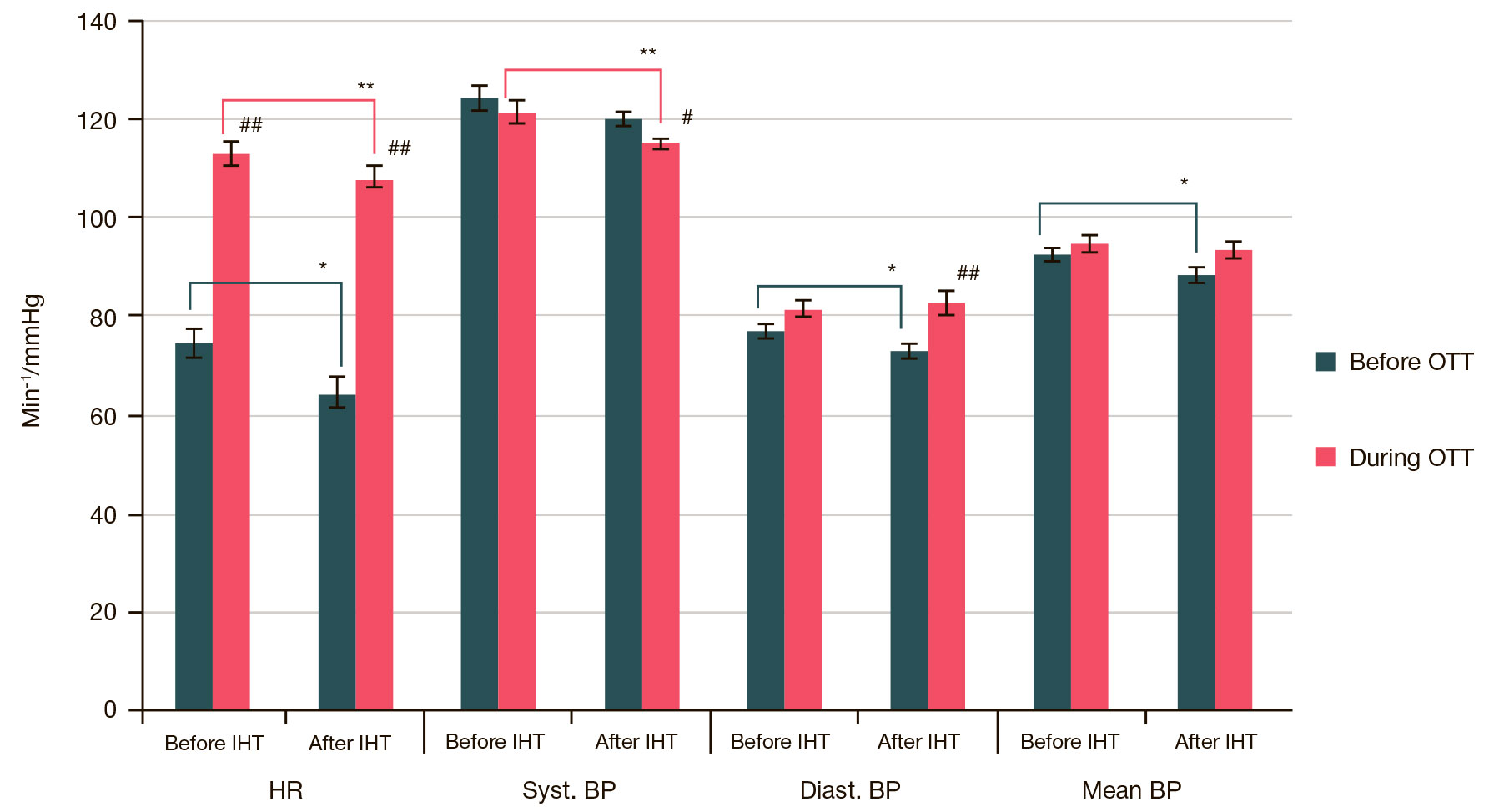
This article is an open access article distributed under the terms and conditions of the Creative Commons Attribution license (CC BY).
ORIGINAL RESEARCH
Effect of intermittent hypoxic training on orthostatic tolerance in humans before and after simulated microgravity
Burnazyan Federal Medical Biophysical Center of the Federal Medical and Biological Agency, Moscow, Russia
Correspondence should be addressed: Vladimir P. Katuntsev
Dyshinskaya,14, kv. 82, 111024, Moscow; ur.xednay@takpv
Acknowledgement: the authors thank all volunteers who participated in this study.
Author contribution: Katuntsev VP conceived and designed the study, wrote the manuscript; Sukhostavtseva TV collected and analyzed the obtained data, performed statistical analysis and edited the manuscript; Kotov AN collected and analyzed the obtained data and performed statistical analysis; Baranov MV collected and analyzed the obtained data and edited the manuscript.
Compliance with ethical standards: the study was approved by the Ethics Committee of Federal Research Clinical Center of FMBA (Protocol № 1 dated February 7, 2019) and conformed with the principles of biomedical ethics laid out in the Declaration of Helsinki (the 1964 version and subsequent updates); voluntary informed consent was obtained from each study participant.
